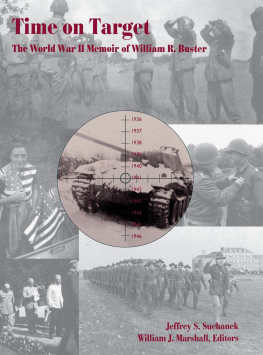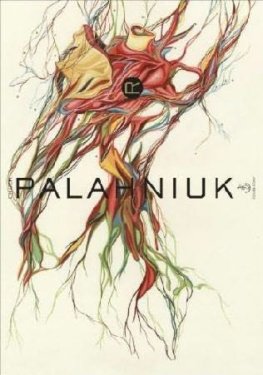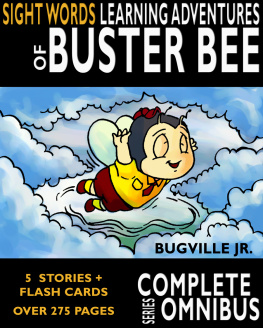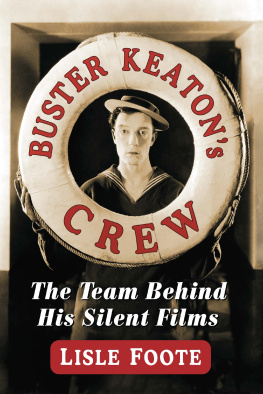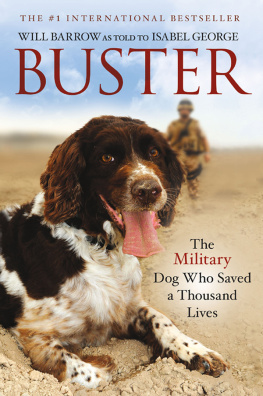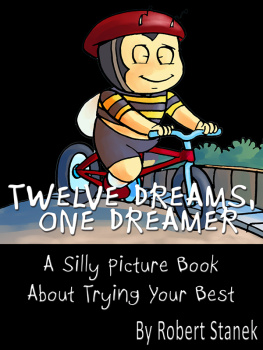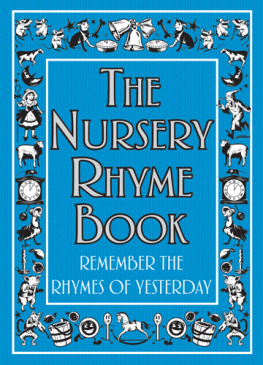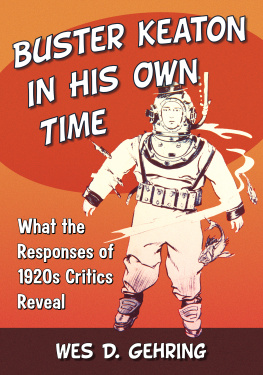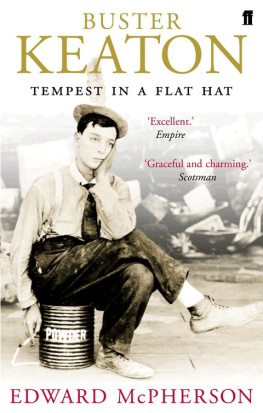William R. Buster - Time on Target: The World War II Memoir of William R. Buster
Here you can read online William R. Buster - Time on Target: The World War II Memoir of William R. Buster full text of the book (entire story) in english for free. Download pdf and epub, get meaning, cover and reviews about this ebook. year: 2021, publisher: Kentucky Historical Society, genre: Non-fiction. Description of the work, (preface) as well as reviews are available. Best literature library LitArk.com created for fans of good reading and offers a wide selection of genres:
Romance novel
Science fiction
Adventure
Detective
Science
History
Home and family
Prose
Art
Politics
Computer
Non-fiction
Religion
Business
Children
Humor
Choose a favorite category and find really read worthwhile books. Enjoy immersion in the world of imagination, feel the emotions of the characters or learn something new for yourself, make an fascinating discovery.
- Book:Time on Target: The World War II Memoir of William R. Buster
- Author:
- Publisher:Kentucky Historical Society
- Genre:
- Year:2021
- Rating:4 / 5
- Favourites:Add to favourites
- Your mark:
- 80
- 1
- 2
- 3
- 4
- 5
Time on Target: The World War II Memoir of William R. Buster: summary, description and annotation
We offer to read an annotation, description, summary or preface (depends on what the author of the book "Time on Target: The World War II Memoir of William R. Buster" wrote himself). If you haven't found the necessary information about the book — write in the comments, we will try to find it.
Time on Target: The World War II Memoir of William R. Buster — read online for free the complete book (whole text) full work
Below is the text of the book, divided by pages. System saving the place of the last page read, allows you to conveniently read the book "Time on Target: The World War II Memoir of William R. Buster" online for free, without having to search again every time where you left off. Put a bookmark, and you can go to the page where you finished reading at any time.
Font size:
Interval:
Bookmark:

The World War II Memoir of William R. Buster
Jeffrey S. Suchanek
and
William J. Marshall, Editors
1999 by Kentucky Historical Society Foundation Inc.
Library of Congress Cataloging-in-Publication Data
Buster, William R.
Time on target: the World War II memoir of William R. Buster/Jeffrey S. Suchanek and William J. Marshall, editors.
p. cm.
Includes index.
ISBN: 978-0-916968-26-7
1. Buster, William R. 2. World War, 1939-1945--Personal narratives, American. 3. Generals--United States--Biography. 4. United States. Army--Biography. I. Suchanek, Jeffrey S., 1955- II. Marshall, William J., 1944- III. Title.
D811 B856 1999
940.548173--dc21
[B]
99-049950
Order from Kentucky Historical Society
100 W. Broadway, Frankfort, KY 40601-1931
Phone (502) 564-1792; fax (502) 564-4701
by Charles P. Roland
by Thomas H. Appleton Jr.
by Robert C. Pryor
Perhaps it is trite to say that the most intimate accounts of any undertaking come from the participants in it. This seems to be especially true of discourses on war because, of all human endeavors, war is the furthest removed from the daily happenings of life. Only one who has engaged in combat can adequately describe it, for it is the sole experience that pits man against both man and nature in an unremitting struggle for survival.
William Robards Buster, born in Harrodsburg, Kentucky, October 10, 1916, knew a soldiers combat experience and left his firsthand account of it. He received appointments to both the Naval Academy and the United States Military Academy. After failing the color perception test at the Naval Academy, he passed the physical examination at West Point and entered the Military Academy in the fall of 1935.
He was a good cadet, but not a file-boner, the West Point equivalent of both a brain and a spit-and-polish tin soldier. He was obliged on a number of occasions to walk the yard in order to erase certain demerits. But he took his studies seriously and graduated in the top third of the class of 1939. That year he served as associate editor of the Academy yearbook, The Howitzer. He played football all four of his cadet years, mostly on the B squad; the most exhilarating episode of his gridiron career occurred when he played strong end for three minutes in the Army-Navy game of 1938. He later said West Point life was not always fun but It taught me orderliness, discipline, and gave me more self-confidence. Ill be forever grateful for having had the opportunity to attend.
He graduated from the Academy just in time to serve as a soldier through one of the most crucial periods in national and world history, that of World War II. Thus his story includes accounts of the incredible expansion, arming, and training of the United States Army for its ordeal by fire, as well as his experience in the great conflict itself.
Posted initially as a second lieutenant in the 7th Mechanized Cavalry Brigade at Fort Knox, Kentucky, he was a participant in the very formation of the armored branch of the army. His brigade possessed only light tanks armed with 37mm guns, hardly more than toys compared with the Germans medium and heavy tanks armed with their 75mm and 88mm guns. He was assigned to the armored field artillery, where his battalion was supposed to be equipped with medium-caliber (155mm) howitzers, but the only cannon the unit possessed were 75mm pieces. His battalions first 155mm cannon was a non-serviceable World War I piece appropriated from a local courthouse lawn; its parts were rusted together, and it could be used only for visual instruction and drill. When in 1940 his organization moved from Fort McClellan, Alabama, to take part in the Louisiana maneuvers (field exercises), it was armed with 155mm pieces borrowed from the Alabama National Guard.
Buster went through the usual whirl of postings and assignments as the army grew. He served at the Infantry School at Fort Benning, Georgia, and the Artillery School at Fort Sill, Oklahoma, where he later said, You learned to fire out of your hip pocket, not with sophisticated computerized gadgetry. He learned also that the most effective artillery fire is Time-On-Target fire, in which the shells of many guns are timed to strike the target simultaneously.
He participated in maneuvers in Tennessee, twice in North Carolina, and again in Louisiana. His description of the Louisiana maneuver area is of keen interest to me, because two years after he was there I endured maneuvers there as a junior-grade infantry officer. Busters account evokes a feeling of bittersweet nostalgia. He says, Just going through a maneuver in Louisiana was the best survival training in the world, because we experienced just about all the discomfort that youd find outside of the South Pacific. Louisiana had every insect and reptile ever classified, I think. The trouble with this training for both him and me was that our severest living conditions in combat would come in sub-zero temperatures in Europe instead of the heat of Louisiana or the South Pacific.
After the first Louisiana maneuvers Buster was transferred to the newly created 2nd Armored Division commanded by the soon-to-be-renowned General George S. Patton. Eventually (in January 1942) Buster was assigned to the divisions 92nd Armored Field Artillery Battalion, in which he remained throughout World War II. His battalion was armed with 105mm howitzers mounted on thinly armored, full-tracked vehicles that were whimsically nicknamed Priests because the design of the machine gun position reminded them of a pulpit.
Shortly after the Japanese attack on Pearl Harbor, Buster was sent back to Fort Knox, where he participated in writing the manual for the employment of armored artillery. Thus, having lived through the experimental and practical stages of the early development of techniques and tactics for his arm, he contributed to the exposition of the theoretical doctrine for the employment of it.
On December 11, 1942, the 92nd Armored Field Artillery Battalion sailed from New York to join its sister components of the 2nd Armored Division (now commanded by General Ernest Harmon) which were engaged in Operation Torch, the Allied invasion of North Africa. After landing at Casablanca, the 2nd Armored Division moved to a position near the border of Spanish Morocco, where it remained as a strategic deterrent to prevent Spanish forces from joining with Axis forces in the theater. The following spring the division moved forward into Algeria, but the war in North Africa ended in May without the units having been committed to battle.
The division began at once preparing for the invasion of Sicily, which was launched on July 10, 1943. Buster was now a major serving as the battalions operations officer. To his considerable agitation, the 92nd was again held in reserve. He recalled, I just sat on the beach at Port-aux-Poules with the rest of my unit and gritted my teeth. His unit did not get into combat in the brief time required for Allied forces to take the island.
From Sicily the 2nd Armored Division sailed to England. There Buster was promoted to lieutenant colonel and assigned to command his battalion, the youngest officer of this responsibility in the division. The unit participated in the Overlord Operation (the Normandy invasion), landing at Omaha Beach five days after the initial lodgment there. Still again the unit found itself temporarily in reserve. Not until July 1 did it fire its first shots in battle. From this time forward Buster and his comrades were not obliged to grit their teeth for want of action.
Font size:
Interval:
Bookmark:
Similar books «Time on Target: The World War II Memoir of William R. Buster»
Look at similar books to Time on Target: The World War II Memoir of William R. Buster. We have selected literature similar in name and meaning in the hope of providing readers with more options to find new, interesting, not yet read works.
Discussion, reviews of the book Time on Target: The World War II Memoir of William R. Buster and just readers' own opinions. Leave your comments, write what you think about the work, its meaning or the main characters. Specify what exactly you liked and what you didn't like, and why you think so.

